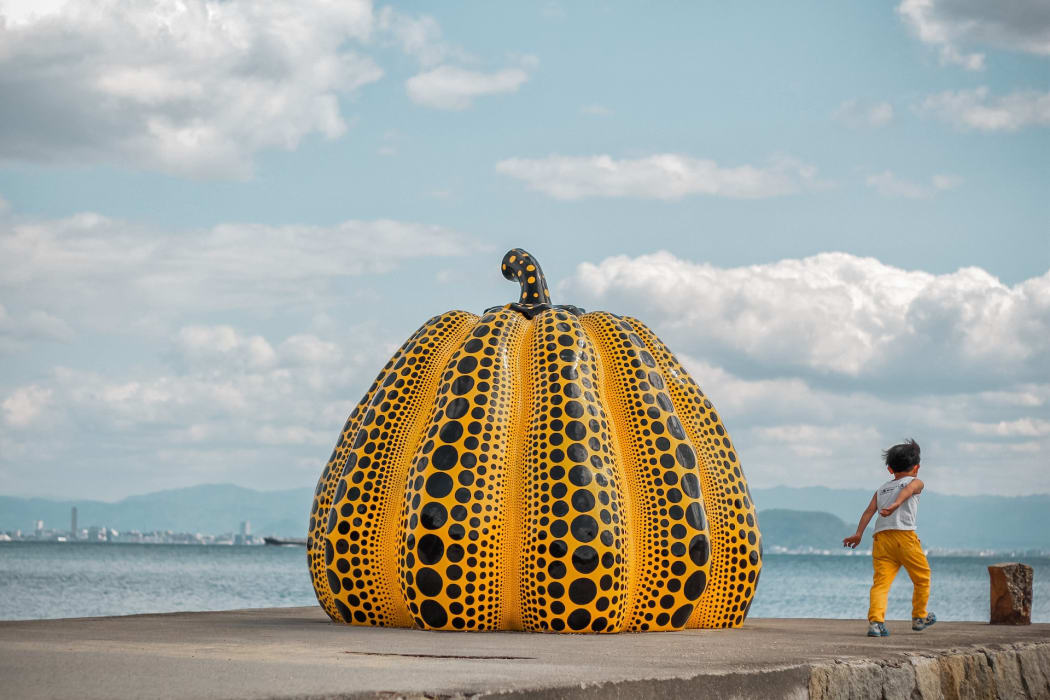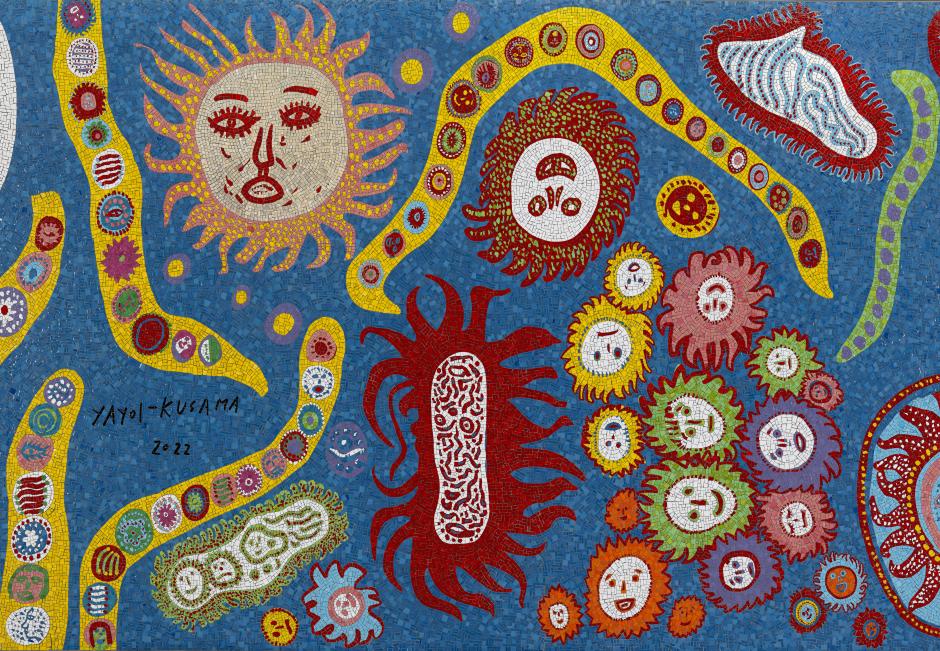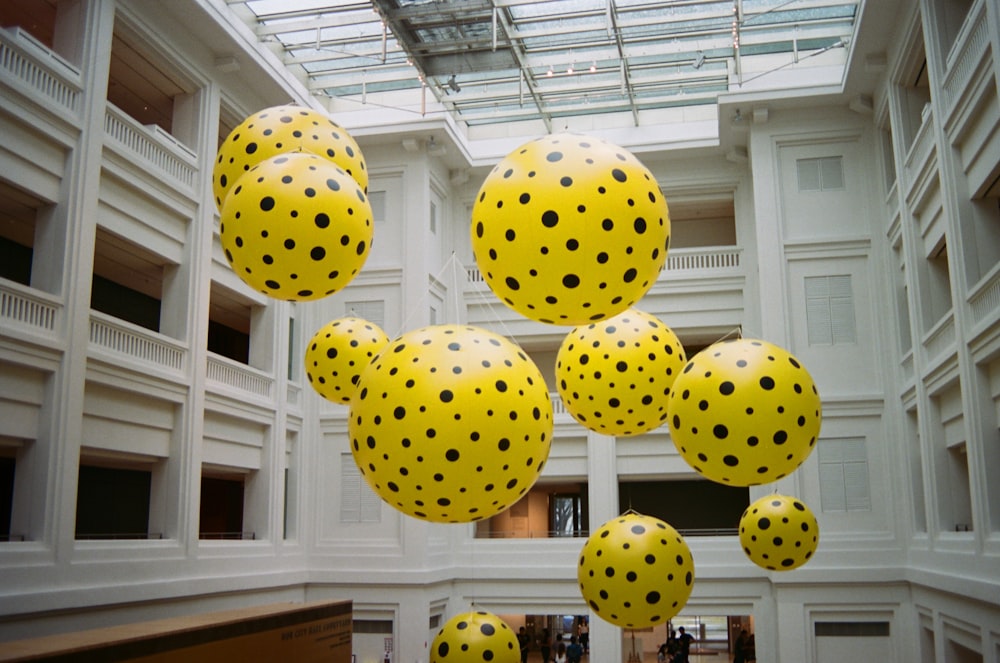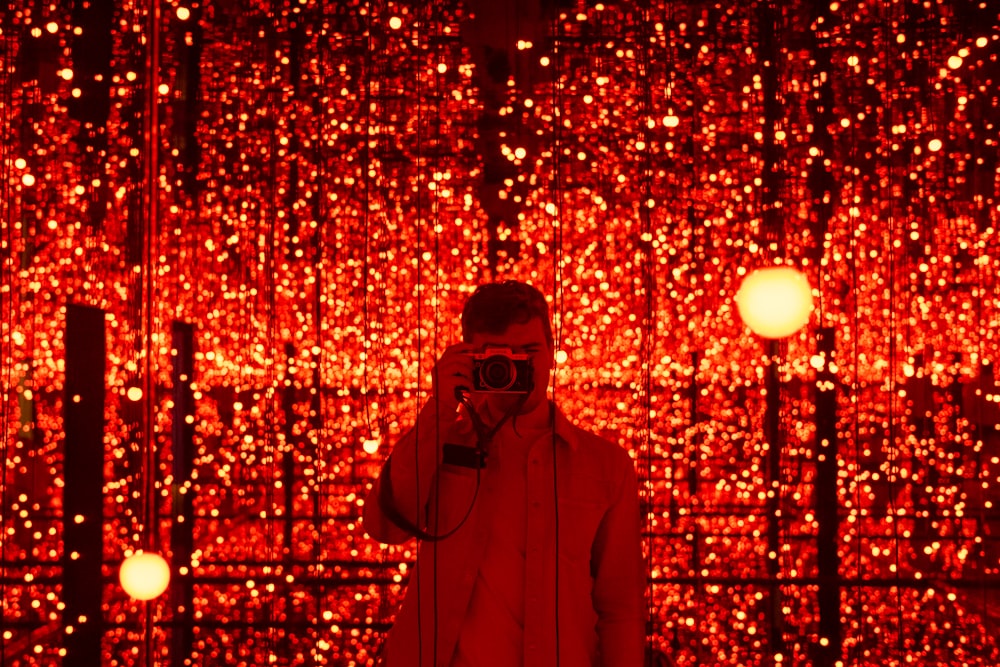
Early Life in Matsumoto: The Roots of Yayoi Kusama
Yayoi Kusama was born in Matsumoto, Japan, in 1929, a city known for its rich cultural heritage. Her childhood experiences and acute observation of nature, combined with psychological introspection, inspired recurring motifs that appear throughout her work, including dots, nets, and mirrored patterns. These early experiments hinted at the immersive environments she would later create, forming the foundation of her distinctive artistic vision.
Artistic Journey: From Japan to New York
In the 1950s, Kusama moved to the United States, immersing herself in New York’s avant-garde art scene. She engaged with abstract expressionists and early pop artists, pushing boundaries in painting, sculpture, and installation art. Her bold experimentation with space, perception, and repetition quickly distinguished her as a pioneering figure in contemporary art, blending personal narrative with universal themes.
Throughout the 1960s, Kusama gained recognition for her provocative performances and happenings, often involving naked participants painted with polka dots. Her public installations, such as the iconic Narcissus Garden, consisting of hundreds of mirrored balls, challenged conventional notions of art and space.
However, intense personal struggles and mental health challenges led Kusama to return to Japan in the early 1970s, where she voluntarily admitted herself to a psychiatric hospital. Despite this, her creative spirit remained undeterred. She continued to produce art, transforming her studio and surroundings into an immersive artistic environment.
Signature Style: Polka Dots, Infinity Rooms, and Immersive Art
In the late 1980s, Kusama’s work regained international attention. Her celebrated Infinity Mirror Rooms captivated audiences with illusions of endless space, combining traditional painting techniques with her unique artistic concepts. Kusama continues to use painting as a foundation, integrating it into sculptures, installations, and works on canvas.
Her sculptures often incorporate materials like bronze and wood, featuring organic and biomorphic shapes that range from small-scale pieces to monumental installations. Kusama’s collage techniques explore layering and juxtaposition, creating visually dynamic and textured artworks. She has also embraced printmaking, including screenprinting and lithography, enabling her signature patterns to reach a wider audience.
.jpg?mode=max?w=780)
Cultural Impact and Global Popularity
Kusama’s popularity surged in the 2000s due to her instantly recognizable style: vibrant colors, repetitive patterns, and iconic polka dots.
Her work has gained significant traction on social media platforms, particularly Instagram. Her visually striking installations and sculptures lend themselves well to sharing and viral dissemination. People are drawn to capturing and sharing their experiences within Kusama's art, amplifying her popularity and reach to a broader audience. Kusama's installations provide visitors with unique and memorable experiences. The Infinity Mirror Rooms, in particular, offer a sense of awe, wonder, and a chance for introspection. These immersive environments provide captivating photo opportunities, attracting people seeking visually stunning and shareable content.
Kusama's collaborations with popular brands, fashion designers, and musicians have helped propel her into mainstream culture. Her partnership with Louis Vuitton, for example, resulted in the production of a highly coveted collection featuring her distinctive polka dots. This intersection of art, fashion, and popular culture has broadened her appeal to a wider audience.
Throughout her career she has played a vital role in the development of avant-garde art movements such as Conceptual and Pop Art. Her innovative approach to art, characterised by bold experimentation and unconventional materials, challenged traditional artistic boundaries.

Kusama's artwork often explores themes of mental health, self-obliteration, and personal identity. Through her use of repetitive patterns and polka dots, she expresses her experiences with anxiety, obsession, and the search for selfhood. Her willingness to address these personal struggles through her art has resonated with many people and has contributed to discussions around mental health.
Discover our selection of Yayoi Kusama prints for sale and contact our gallery via sales@andipa.com or call +44 (0)20 7589 2371 for further information and current availabilities.

